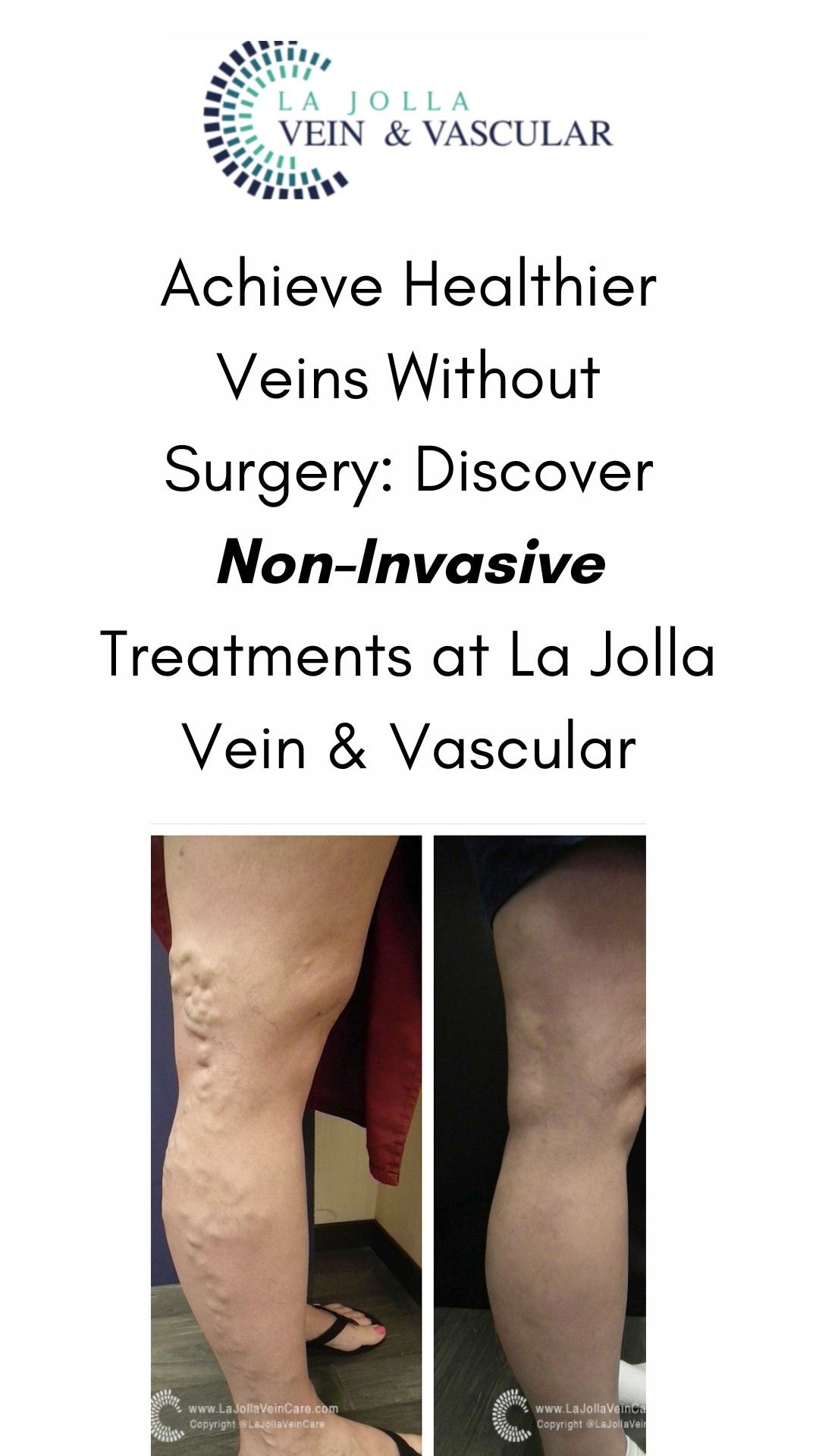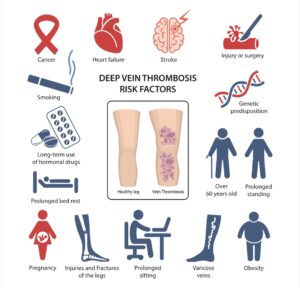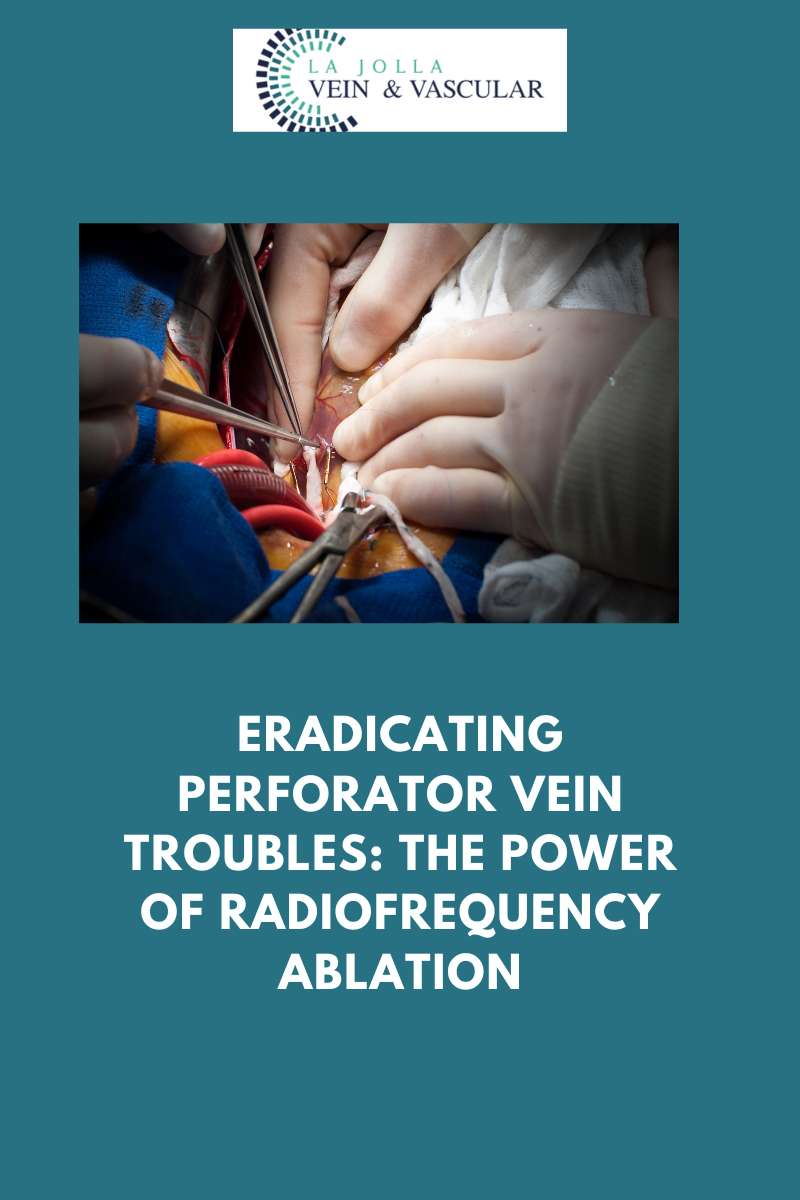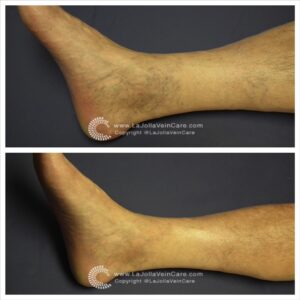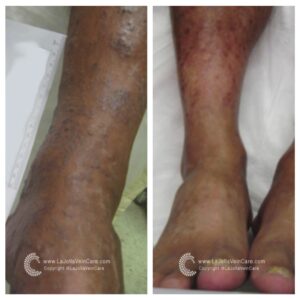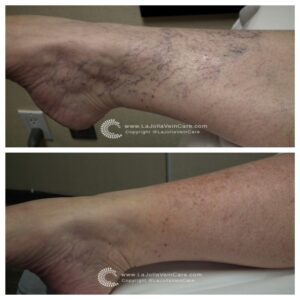Achieve Healthier Veins Without Surgery: Discover Non-Invasive Treatments at La Jolla Vein & Vascular
LJVascular2024-07-04T15:24:28-07:00Achieve Healthier Veins Without Surgery: Discover Non-Invasive Treatments at La Jolla Vein & Vascular
At La Jolla Vein & Vascular, we are dedicated to pioneering non-surgical vein treatments that deliver outstanding results without the need for invasive procedures. Our unwavering commitment to excellence and patient satisfaction is evident in the countless success stories of individuals who have benefited from our surgery-free treatments, experiencing significant improvements in their vein health and overall well-being.
Expertise in Non-Invasive Techniques
Our expert team specializes in non-invasive vein treatments, creating a comfortable and relaxed environment where patients can receive care without incisions or cutting. By using advanced techniques to collapse problematic veins, we facilitate their natural dissolution over time. This innovative method eliminates the need for surgical incisions, reducing discomfort and recovery time.
Convenient In-Office Procedures
One of the main advantages of our non-surgical treatments is that they are performed in-office without the need for general anesthesia. This allows patients to undergo vein treatments with confidence, knowing they can quickly return to their daily activities. Whether you have a busy work schedule or an active lifestyle, our treatments ensure minimal disruption.
Remarkable Results
Our non-surgical treatments produce truly remarkable results. As the treated veins collapse, they disappear from the skin’s surface, and blood flow is redirected through healthier veins. This not only improves the appearance of your legs but also alleviates symptoms such as pain, swelling, and discomfort. Many of our patients report a renewed sense of confidence and vitality, enabling them to fully enjoy an active and healthy lifestyle.
Patient Testimonials and Success Stories
Our patients’ testimonials and before-and-after photos speak volumes about the effectiveness of our non-surgical treatments. From those who have struggled with varicose veins for years to individuals seeking preventive care, our patients consistently experience positive outcomes and life-changing improvements. Their stories highlight the power of non-surgical treatments in restoring vein health and enhancing overall quality of life.
Discover the Transformations
By sharing our patients’ before-and-after transformations, we aim to inspire hope and confidence in others facing vein issues. Whether it’s the disappearance of unsightly veins or the relief of painful symptoms, our patients’ success stories demonstrate that effective solutions are available without surgery or lengthy recovery times. With the expertise of our team at La Jolla Vein & Vascular, you can take control of your vein health and enjoy the benefits of non-surgical treatments.
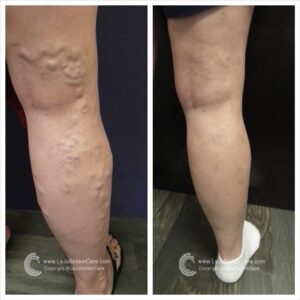
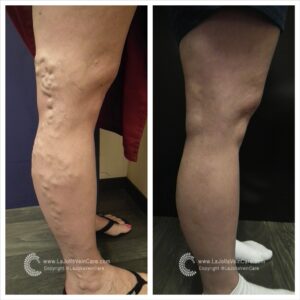
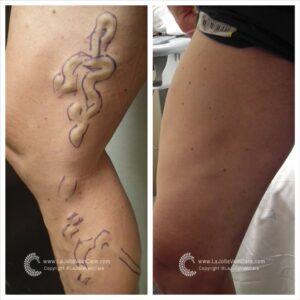
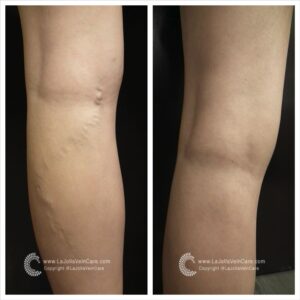
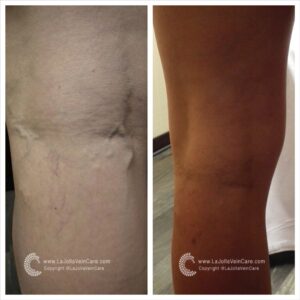
Commitment to Exceptional Care
Our dedication to providing exceptional care and achieving outstanding results sets us apart as leaders in non-surgical vein treatments. Through our innovative approach, patients can experience significant improvements in their vein health and overall well-being without invasive procedures. From enhancing appearance to relieving symptoms, the benefits of our treatments are transformative.
If you’re ready to experience the difference for yourself, schedule a consultation with us today and take the first step toward healthier, happier veins.
“Bringing Experts Together for Unparalleled Vein and Vascular Care”
La Jolla Vein & Vascular (formerly La Jolla Vein Care) is committed to bringing experts together for unparalleled vein and vascular care.
Nisha Bunke, MD, Sarah Lucas, MD, and Amanda Steinberger, MD are specialists who combine their experience and expertise to offer world-class vascular care.
Our accredited center is also a nationally known teaching site and center of excellence.
For more information on treatments and to book a consultation, please give our office a call at 858-550-0330.
For a deeper dive into vein and vascular care, please check out our Youtube Channel at this link, and our website https://ljvascular.com
For more information on varicose veins and eliminating underlying venous insufficiency,
Please follow our social media Instagram Profile for more fun videos and educational information.
For more blogs and educational content, please check out our clinic’s blog posts!

